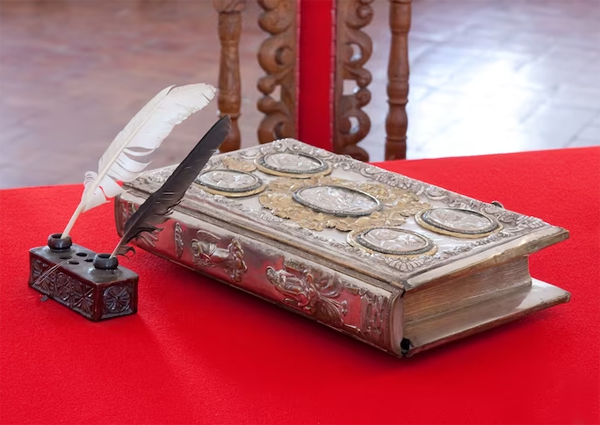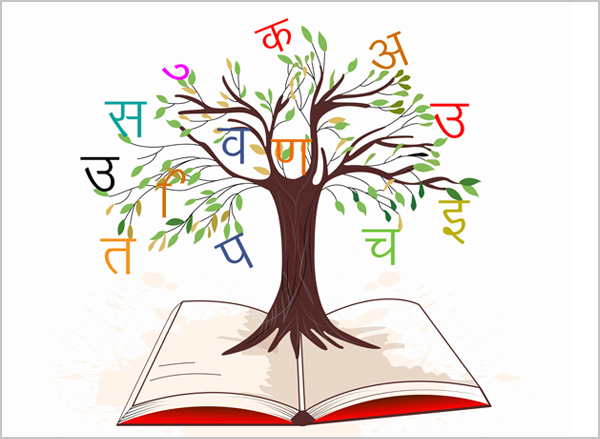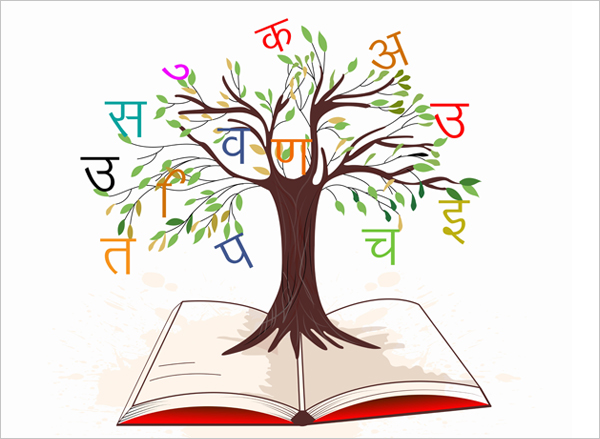The Mahajani script, also known as Mahajani Lipi, is a historically significant script that was used for writing various languages, primarily in the northwestern regions of India during the 17th to 20th centuries. Mahajani is notable for its unique and distinctive characters, and it has historical relevance, especially in the context of business and trade records. Mahajani originated in the historical region of Punjab, which includes parts of present-day India and Pakistan. It was widely used in areas such as Punjab, Haryana, Rajasthan, and other northwestern regions. The Mahajani script was commonly employed for business and trade purposes. It was used for maintaining account books, ledgers, and records of transactions, making it an important script for mercantile activities. Mahajani characters are unique and visually distinct. The script is written from left to right and consists of a set of characters that are often cursive in nature. Each character has a distinct shape and style. Mahajani script included numerical symbols, and it was used for writing numerical values in a distinctive way.While primarily associated with Punjabi, Mahajani was also used to write other regional languages, including Marwari and Hindi, among others. Over time, the Mahajani script gradually declined in usage, particularly with the spread of Devanagari script and other scripts. The decline was partly due to political and administrative changes in the region.












